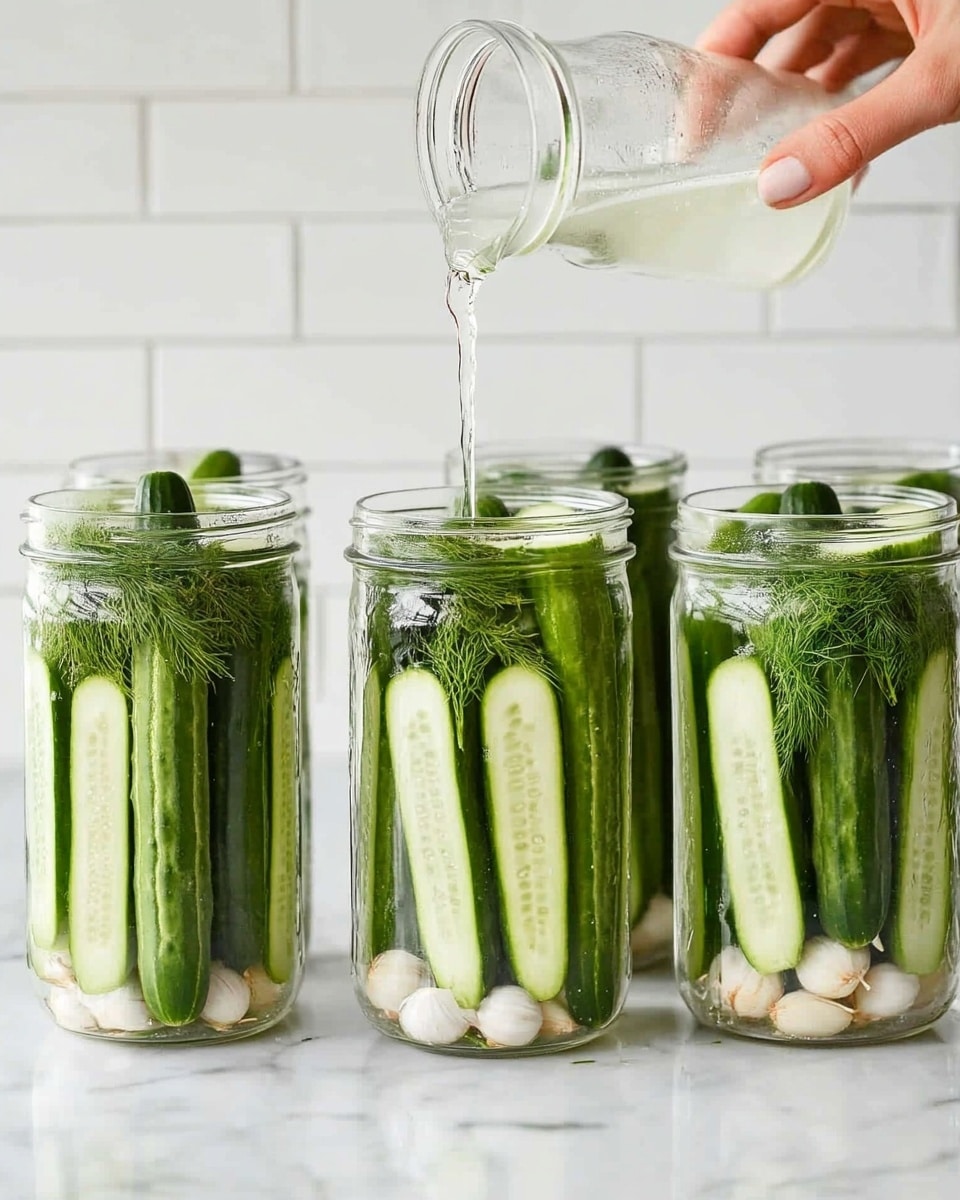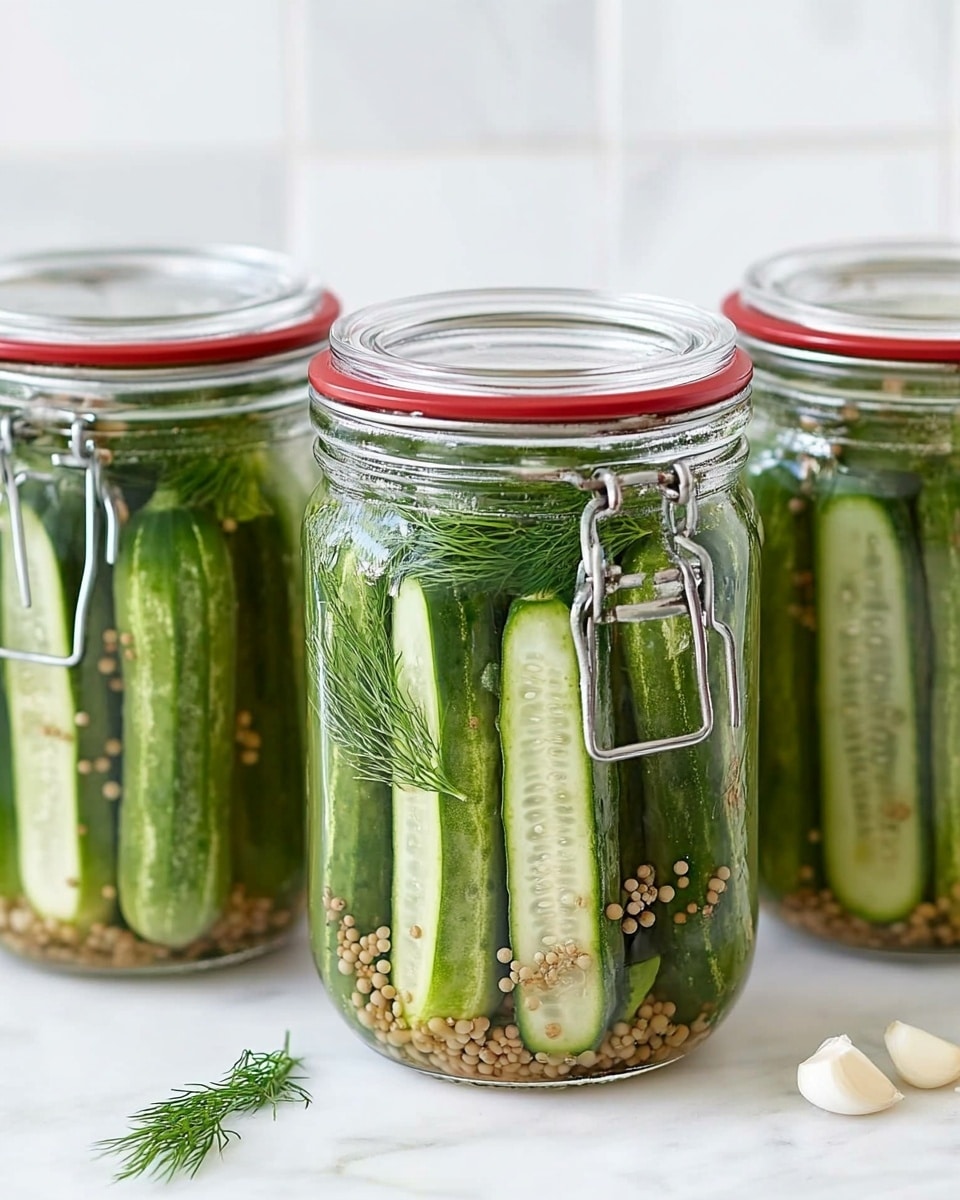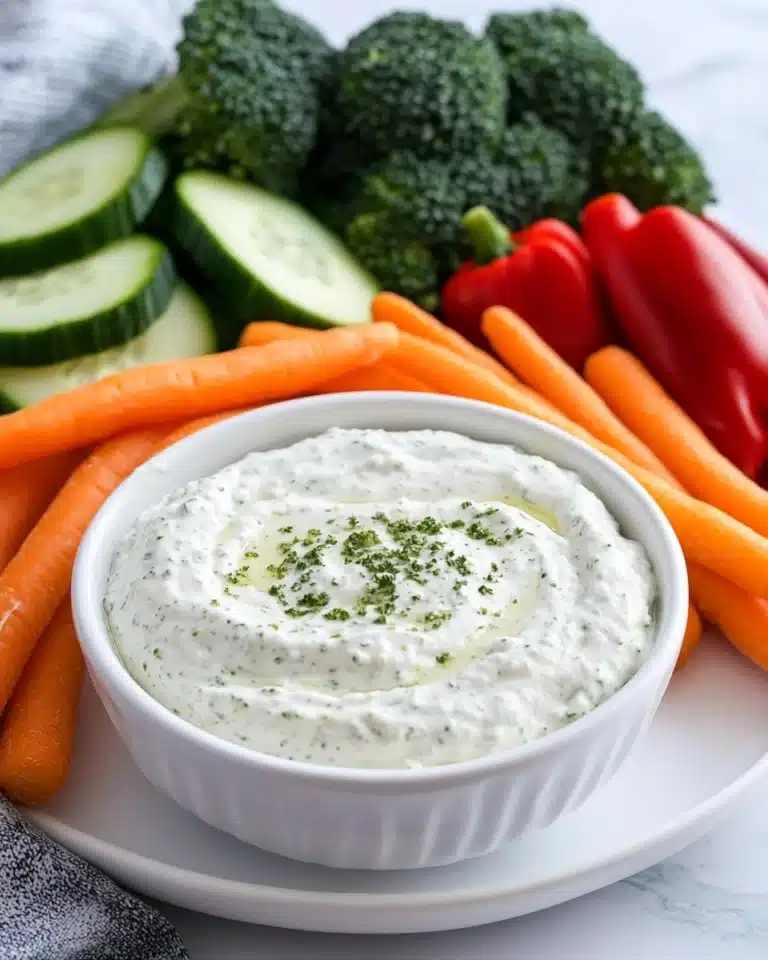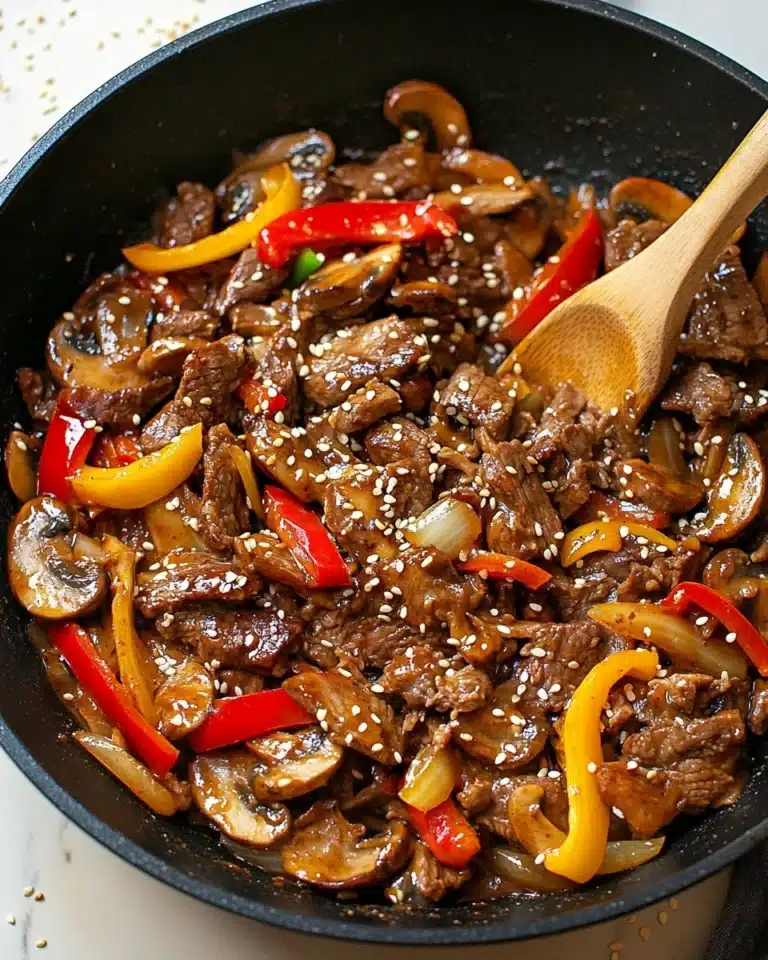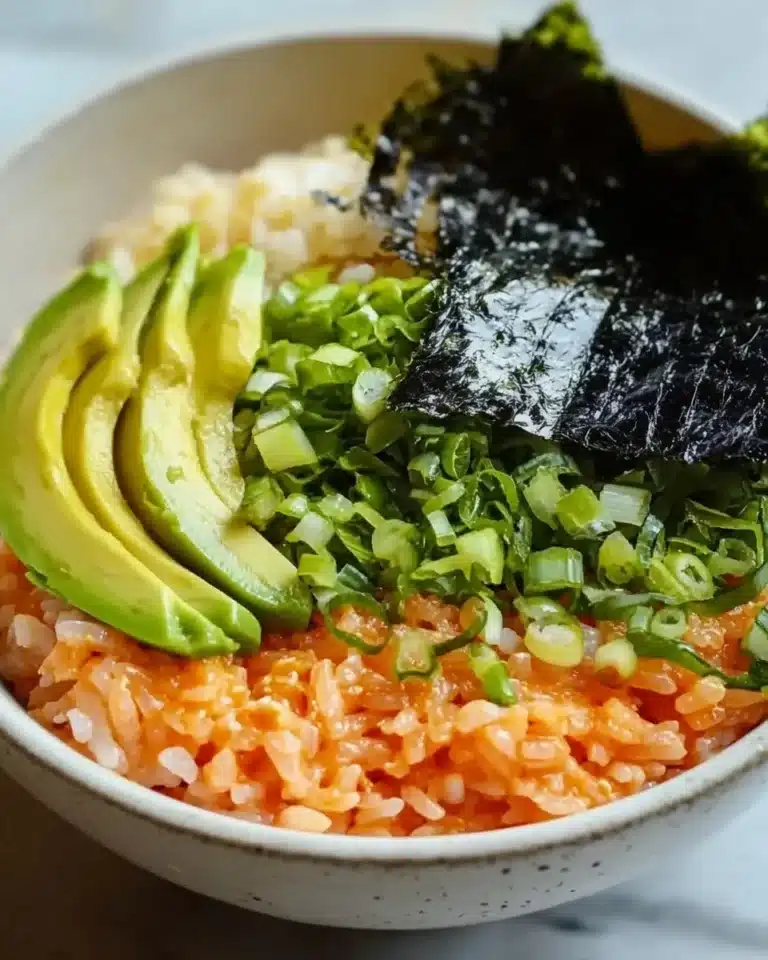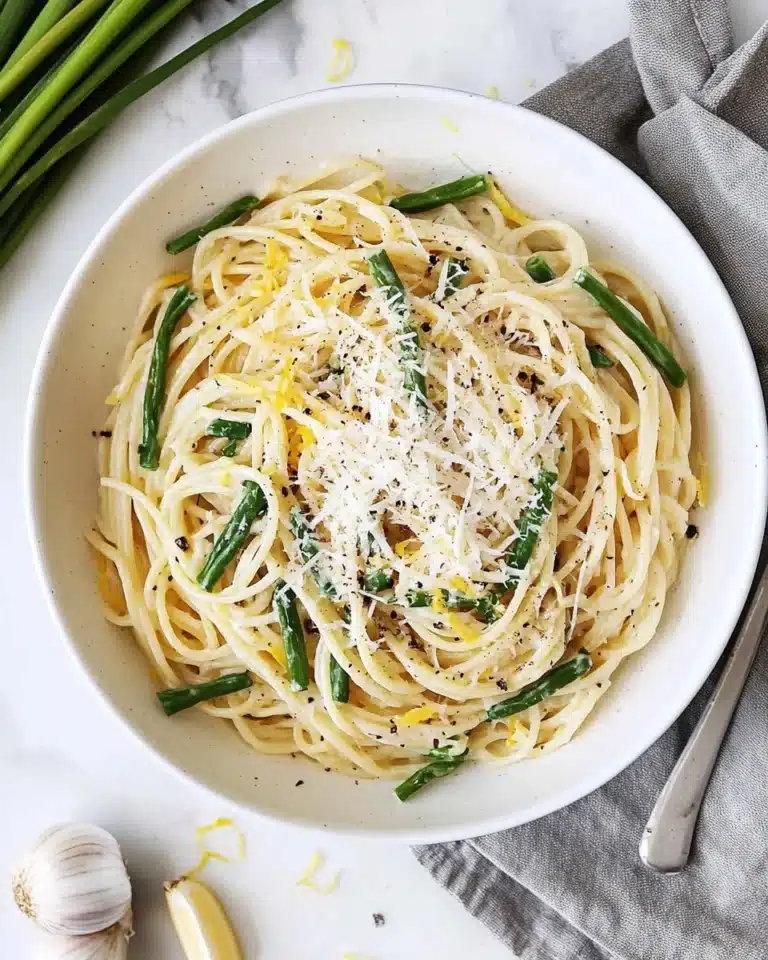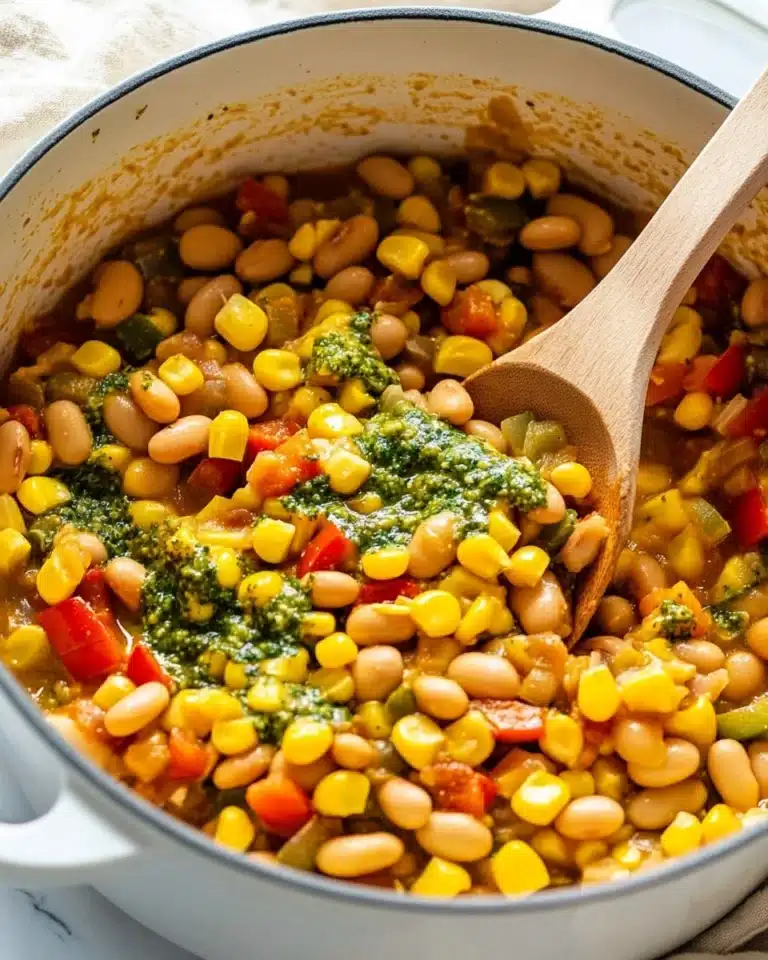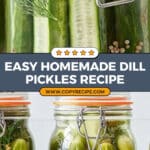I absolutely love how fresh and crisp these homemade dill pickles turn out! There’s something so satisfying about slicing into a tangy, garlicky pickle that you know you made yourself right in your own kitchen. This Homemade Dill Pickles Recipe is great whether you’re looking to add a crunchy, flavorful snack to your day or want to jazz up a sandwich or burger with that perfect zing.
When I first tried making dill pickles at home, I was amazed at how easy it was and how much control I had over the flavors—no weird preservatives or overly salty brine here! You’ll find that this recipe works wonderfully for both quick pickles you can enjoy in as little as a day and longer-lasting jars that just get better with time.
Why You’ll Love This Recipe
- Freshness You Control: You’re making these pickles with fresh ingredients and a simple brine, so there are no artificial preservatives or excess salt.
- Quick and Easy: It only takes about 10 minutes to prep the jars, and leftovers keep refrigerated for weeks.
- Customizable Flavors: You can tweak the garlic, dill, or spice levels to suit your taste perfectly.
- Perfect Crunch: Using Persian or pickling cucumbers gives a satisfying snap every single time.
Ingredients You’ll Need
This Homemade Dill Pickles Recipe uses simple ingredients that work beautifully together to create that classic pickle profile. I always recommend fresh, firm cucumbers and good-quality distilled white vinegar for the best flavor.
- Persian or pickling cucumbers: Pick firm, wrinkle-free cucumbers for ultimate crunch.
- Garlic cloves: Fresh halved cloves add a delicious pungent kick to the brine.
- Mustard seeds: These give a subtle warmth and complexity to the pickles.
- Peppercorns: Use whole peppercorns for mild heat and fragrance.
- Fresh dill sprigs: The star herb for that unmistakable dill pickle flavor.
- Water: A base for the brine, make sure it’s clean and fresh.
- Distilled white vinegar: Provides the acidity needed for proper pickling and tartness.
- Cane sugar: A touch of sweetness balances the vinegar’s sharpness perfectly.
- Sea salt: Use pickling or kosher salt without additives for the cleanest taste.
Variations
I love to play with this Homemade Dill Pickles Recipe depending on the season or my mood. It’s so easy to adapt, and you really can’t go wrong customizing it to suit your taste buds.
- Spicy Pickles: I add a few red chili flakes or slices of jalapeño to the jars for a fiery twist that my family goes crazy over.
- Garlic Lover’s Delight: Doubling the garlic cloves makes these pickles extra bold and flavorful for those who adore robust garlic notes.
- Herb-Infused: Try swapping fresh dill for fresh tarragon or adding rosemary sprigs for a unique, herbaceous twist.
- Vinegar Swap: When I want a milder tang, I use apple cider vinegar instead of distilled white vinegar and love the subtle sweetness it adds.
How to Make Homemade Dill Pickles Recipe
Step 1: Prep Your Cucumbers the Right Way
Start by deciding on the shape of your pickles: I personally love dill pickle spears, so I slice my cucumbers lengthwise into quarters. If you prefer chips, slice them thinly across. Make sure your cucumbers are washed and trimmed on the ends to avoid any bitterness. This simple step ensures every bite has that perfect crunch you want in a pickle.
Step 2: Pack Your Jars with Flavor
Divide your cucumber slices evenly into sterilized jars—four 8-ounce jars or two 16-ounce jars work perfectly. Then add halved garlic cloves, mustard seeds, peppercorns, and fresh dill sprigs into each jar. This layering method helps disperse flavors evenly, so every piece of cucumber gets a little love.
Step 3: Make the Perfect Brine
In a medium saucepan over medium heat, combine water, distilled white vinegar, cane sugar, and sea salt. Stir gently until sugar and salt dissolve—this usually takes about a minute. Don’t boil it hard; just enough to dissolve everything. Let the brine cool slightly so it doesn’t cook the cucumbers when poured over.
Step 4: Pour, Cool, and Refrigerate
Pour the warm brine evenly over the cucumbers in your jars, fully covering them. Allow the jars to cool to room temperature before sealing with lids and placing them in the fridge. You’ll find the spears lightly pickled and ready in about 2 days, while chips get that tangy snap in a single day. The flavors deepen beautifully if you wait around 5-6 days for spears and even longer for chips.
Pro Tips for Making Homemade Dill Pickles Recipe
- Choosing Cucumbers: I learned picking smaller Persian cucumbers gives the crispiest pickles that hold up best in the brine.
- Avoiding Soggy Pickles: Don’t overfill the jars or pour boiling hot brine directly, as that softens the cucumbers too much.
- Flavor Balance: Adjust the sugar and salt depending on whether you like your pickles more sweet or tangy.
- Storage Tip: Always keep your pickles refrigerated and use a clean utensil when removing them to avoid spoilage.
How to Serve Homemade Dill Pickles Recipe
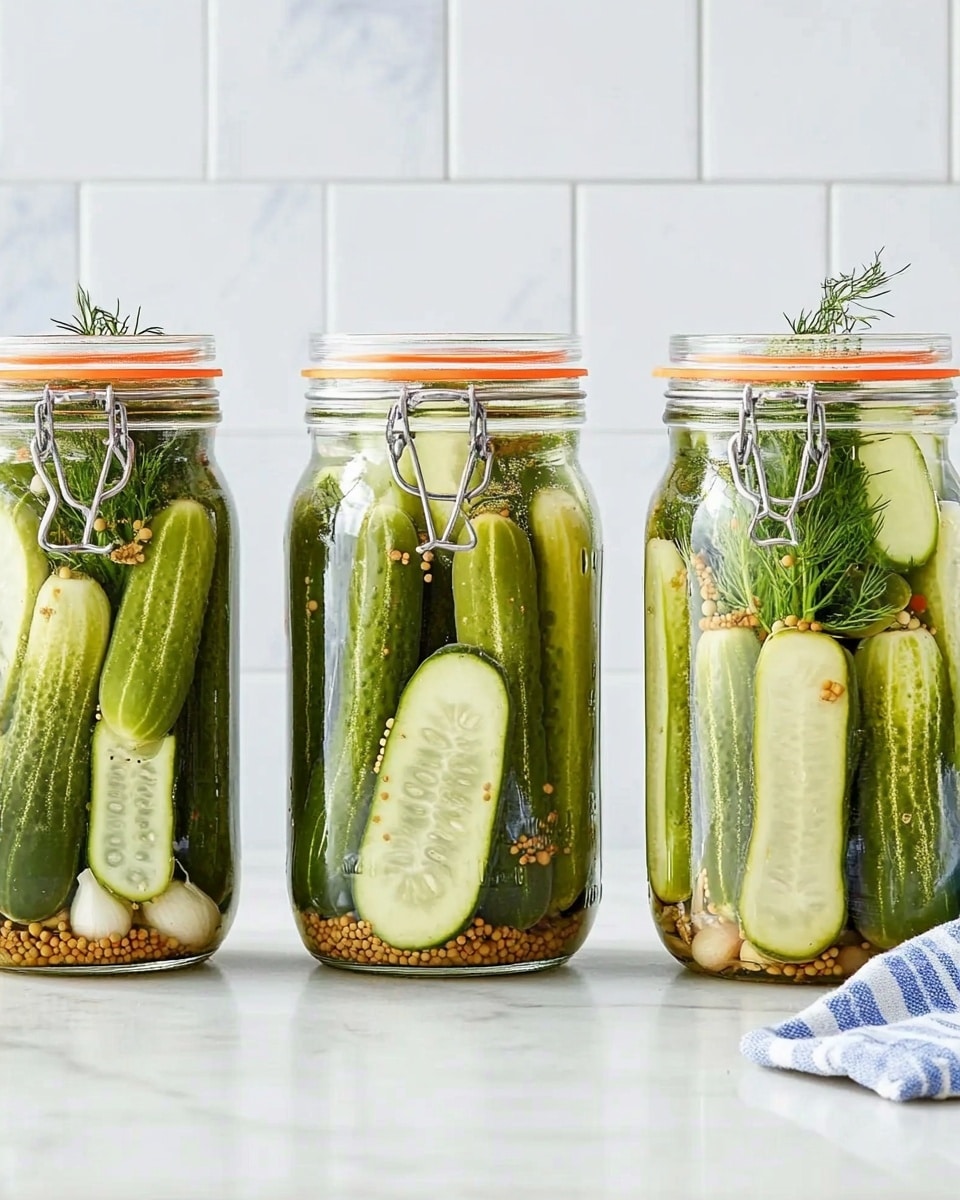
Garnishes
I love to serve these pickles with a sprinkle of additional fresh dill or even a pinch of smoked paprika for a smoky edge. Sometimes, a few fresh garlic cloves alongside the pickles on a charcuterie board add extra flavor dimension.
Side Dishes
Some of my favorite pairings include juicy burgers, classic sandwiches, and even alongside potato salads. They also brighten up creamy soups or grilled meats with their sharp acidity.
Creative Ways to Present
For parties, I like to arrange pickle spears and chips in a rustic jar surrounded with cut veggies and dips. Labeling jars with flavor variations and maybe pairing with homemade mustard makes it a fun, interactive snack station everyone enjoys.
Make Ahead and Storage
Storing Leftovers
I always keep my homemade dill pickles in airtight jars in the refrigerator. They last several weeks and get even better as the flavors meld. Just be sure to use clean tongs or forks when pulling out pickles to keep the brine fresh.
Freezing
Freezing pickles isn’t something I recommend because it can ruin their crunchy texture. If you want to store longer, stick to refrigerated storage and finish them within a month or so for best taste.
Reheating
Since these pickles are meant to be enjoyed cold or at room temperature, I don’t usually reheat them. Just take them out of the fridge a few minutes before serving to let their flavors open up.
FAQs
-
How long does it take to make homemade dill pickles?
Making the brine and assembling the jars takes about 10 minutes. Your pickles will be lightly ready in as little as 1 to 2 days, but for the best flavor, wait about 5 to 6 days after refrigerating.
-
Can I use other cucumbers for this recipe?
Yes, while Persian and pickling cucumbers are ideal for their crunch and thin skins, you can use regular cucumbers but may want to peel them and expect a softer texture.
-
Do I need to sterilize the jars?
While this recipe is a quick refrigerator pickle method and not canned long-term, I recommend cleaning the jars thoroughly with hot soapy water or running them through a dishwasher cycle for the best freshness.
-
Can I make these pickles spicy?
Absolutely! Adding red pepper flakes, slices of jalapeño, or even a few black peppercorns enhances the spice level to taste.
Final Thoughts
This Homemade Dill Pickles Recipe holds a special place in my kitchen because it’s such a simple yet rewarding project that yields fresh, crunchy, soul-satisfying pickles. If you’ve never made your own, I truly encourage you to give it a go—you’ll be hooked by the flavor and the satisfaction of making something so delicious from scratch. Trust me, friends and family will keep asking for more once you share your homemade pickles!
Print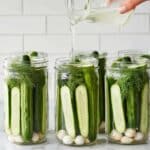
Homemade Dill Pickles Recipe
- Prep Time: 10 minutes
- Cook Time: 1 minute
- Total Time: 1 day 11 minutes
- Yield: 16 servings
- Category: Pickling
- Method: No-Cook
- Cuisine: American
Description
Classic homemade dill pickles made with fresh cucumbers, garlic, mustard seeds, and dill sprigs soaked in a vinegar-based brine. These crisp and flavorful pickles can be made as spears or chips and are quick to prepare, perfect for adding a tangy crunch to any meal.
Ingredients
Pickles
- 12 to 14 Persian cucumbers or 8 to 10 pickling cucumbers
Brine and Flavorings
- 4 garlic cloves, halved
- 2 teaspoons mustard seeds
- 2 teaspoons peppercorns
- Fresh dill sprigs, a few per jar
- 2 cups water
- 2 cups distilled white vinegar
- 1/4 cup cane sugar
- 2 tablespoons sea salt
Instructions
- Prepare the Cucumbers: Slice the cucumbers lengthwise into quarters to make dill pickle spears or thinly slice them horizontally for pickle chips.
- Pack the Jars: Divide the cucumber pieces evenly among 4 (8-ounce) or 2 (16-ounce) glass jars. Add the halved garlic cloves, mustard seeds, peppercorns, and a few fresh dill sprigs to each jar, distributing evenly.
- Make the Brine: In a medium saucepan over medium heat, combine water, distilled white vinegar, cane sugar, and sea salt. Stir continuously until the sugar and salt are completely dissolved, about 1 minute. Remove from heat and allow to cool slightly.
- Pour and Cool: Pour the warm brine over the cucumbers, filling the jars to cover the ingredients fully. Set the jars aside to cool to room temperature.
- Refrigerate and Pickle: Once cooled, seal the jars with lids and place them in the refrigerator. Pickle spears will be lightly pickled after 2 days and reach their best flavor around day 5 or 6. Pickle chips will be lightly pickled after 1 day and continue to develop flavor every day thereafter. Store the pickles in the fridge for several weeks.
Notes
- Use fresh, firm cucumbers to ensure crisp pickles.
- Choose between spears or chips depending on your preference and intended use.
- Make sure the cucumbers are fully submerged in brine to avoid spoilage.
- Pickles can be enjoyed anytime after the minimum pickling period but improve in flavor over time.
- Store pickles in the refrigerator and consume within several weeks for best quality.
Nutrition
- Serving Size: 1/2 cup (about 60g)
- Calories: 15
- Sugar: 2g
- Sodium: 400mg
- Fat: 0g
- Saturated Fat: 0g
- Unsaturated Fat: 0g
- Trans Fat: 0g
- Carbohydrates: 3g
- Fiber: 1g
- Protein: 0.5g
- Cholesterol: 0mg

